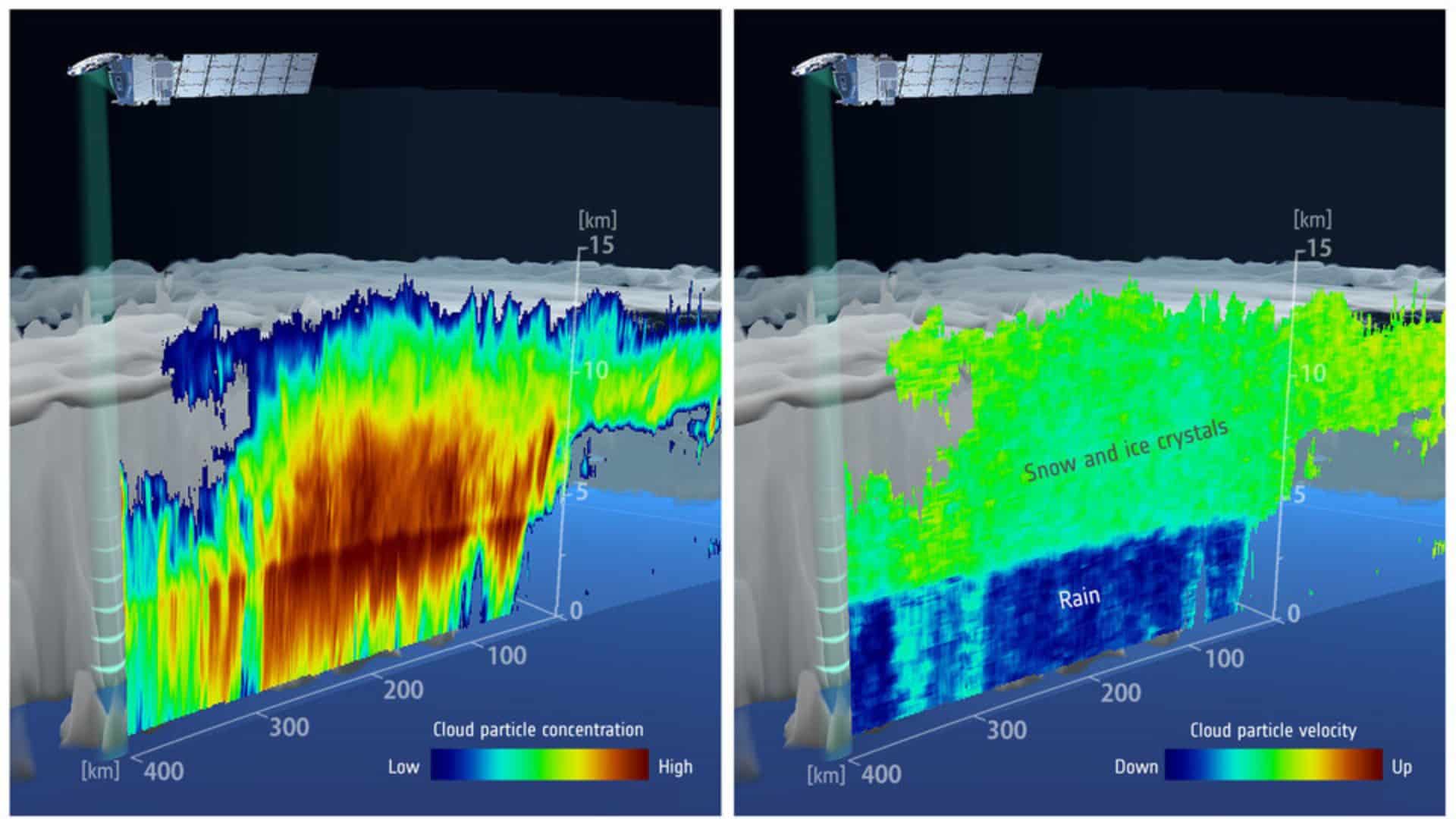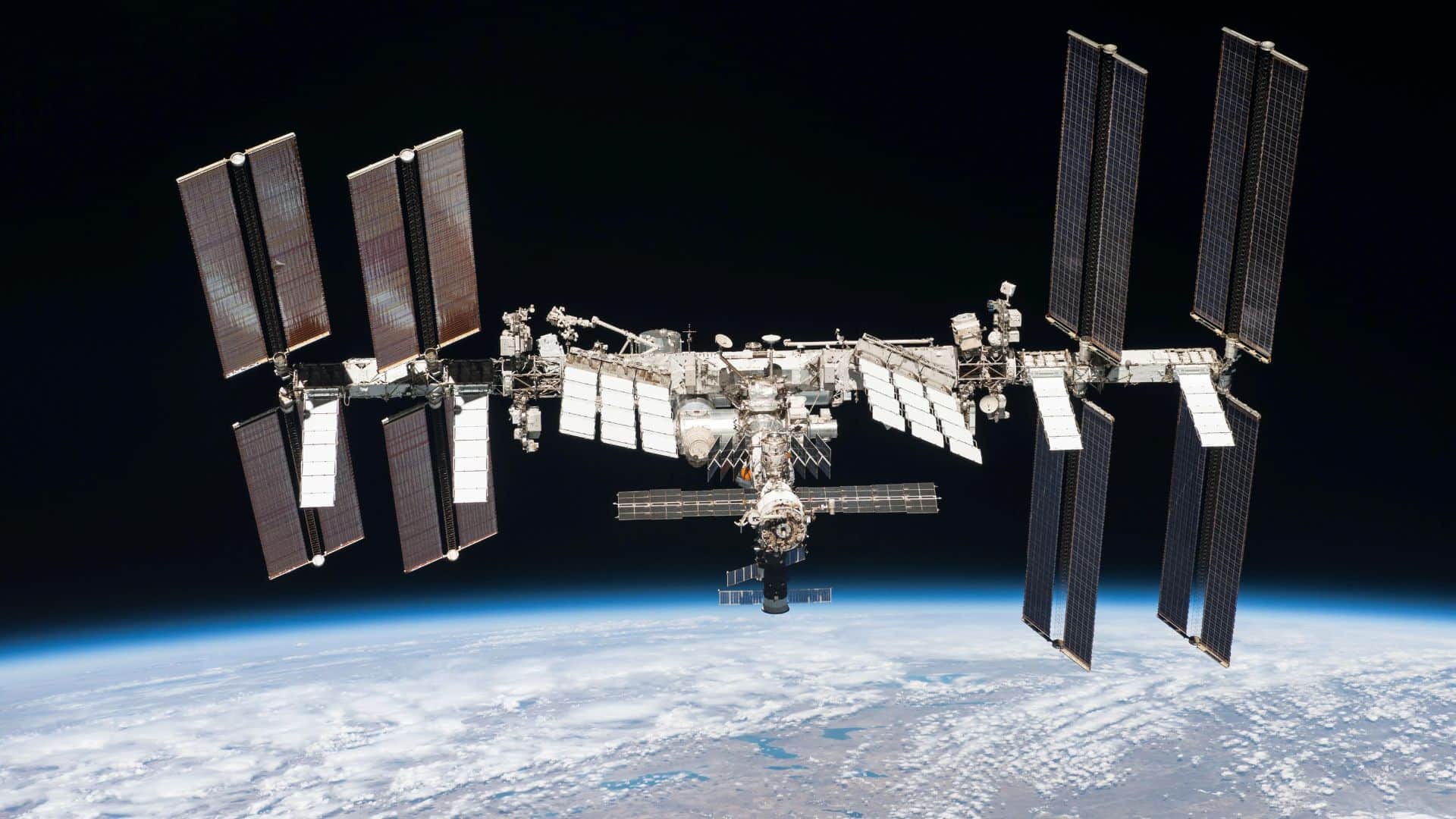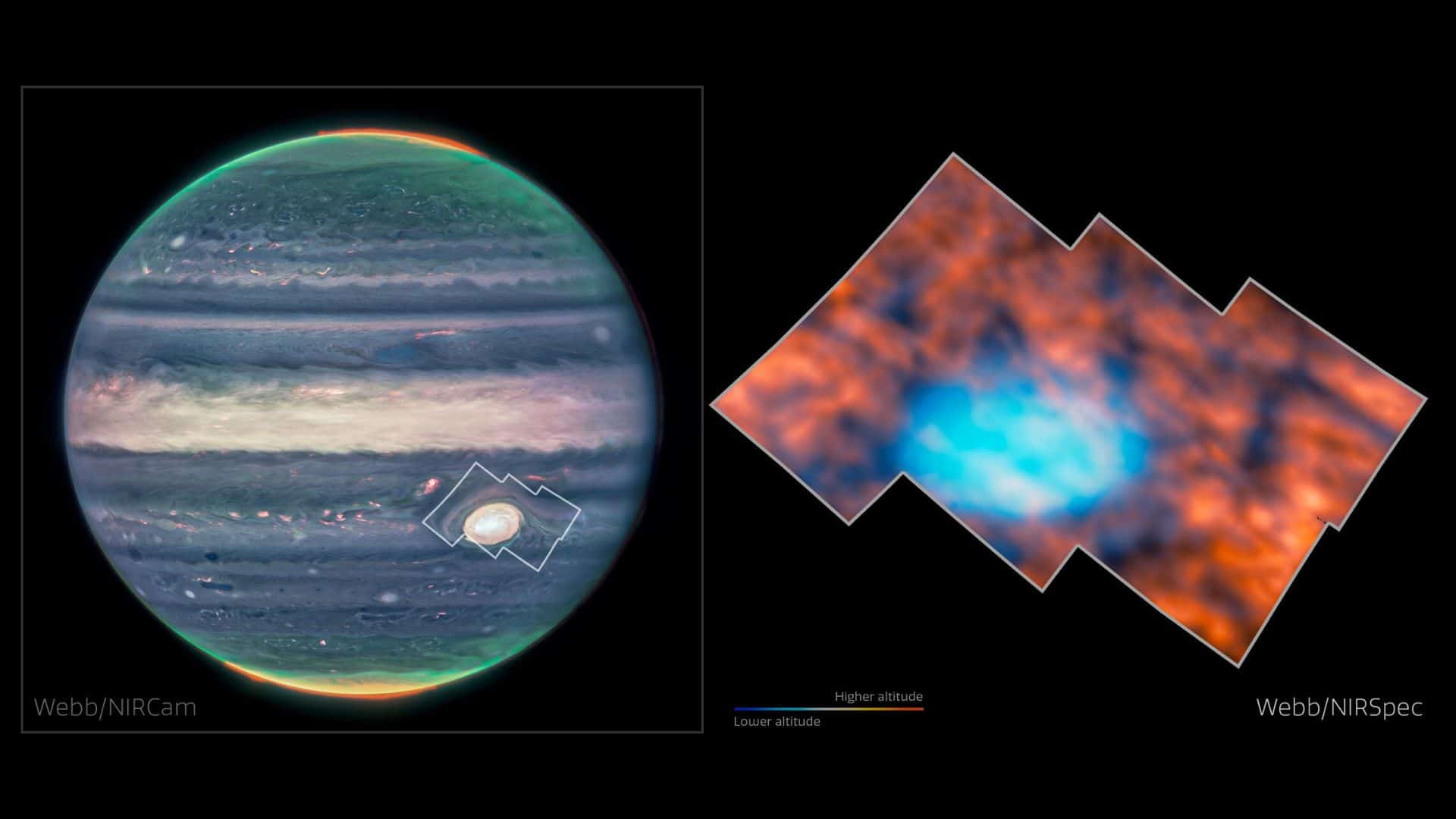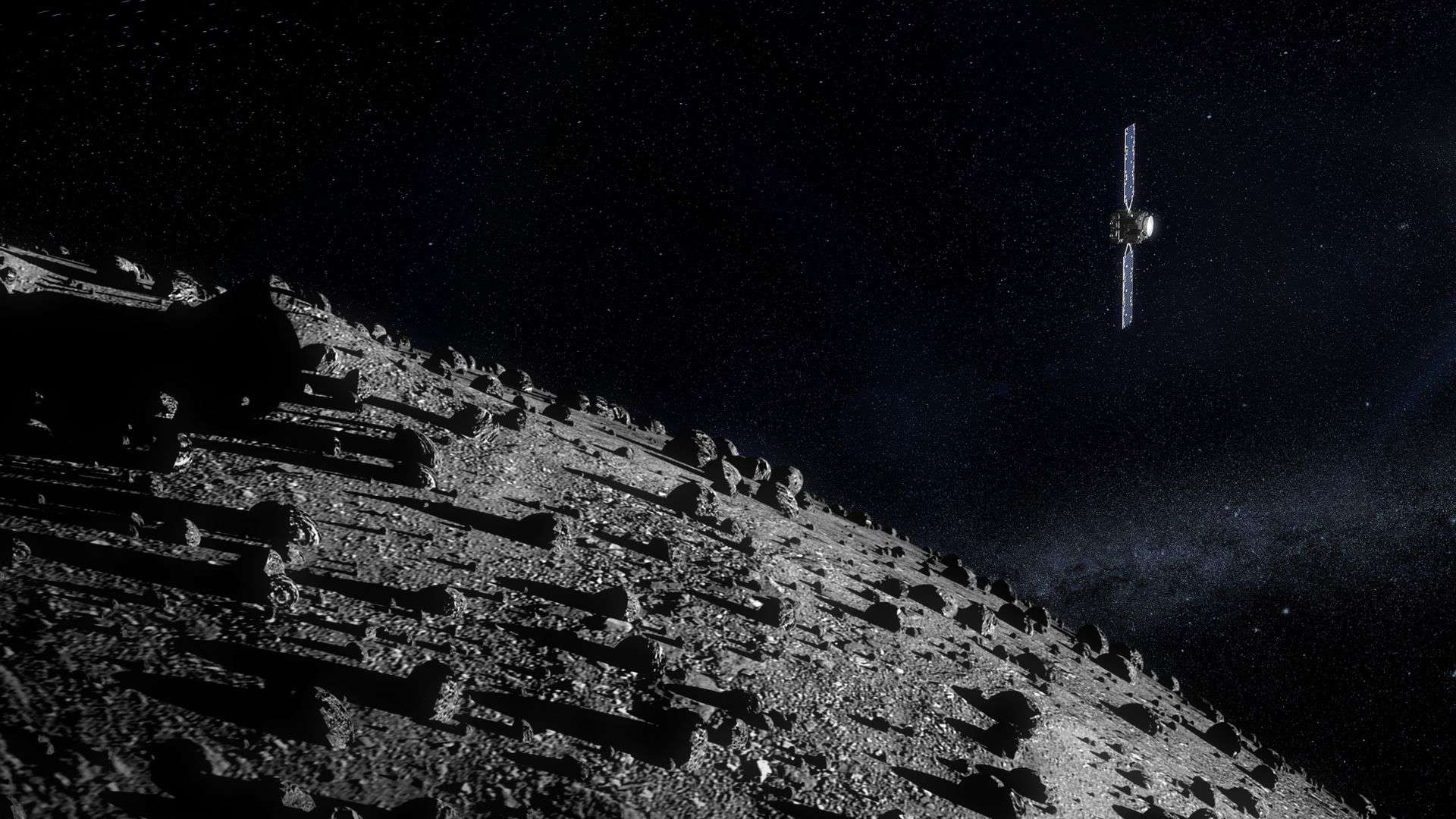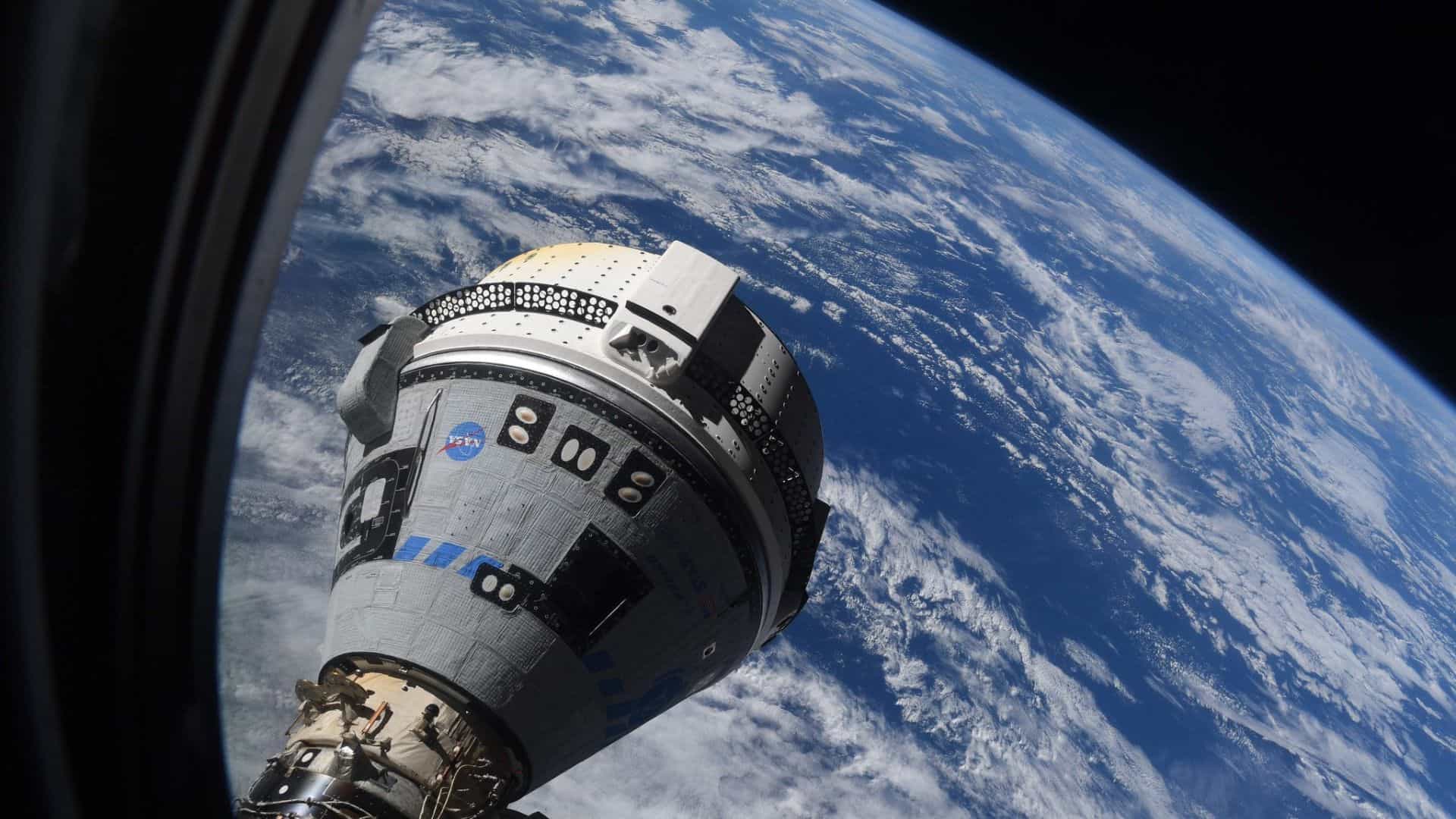
Two NASA astronauts, Suni Williams and Butch Wilmore, who are testing Boeing’s new Starliner spacecraft, are not stuck aboard the International Space Station (ISS). NASA officials made it clear in a press briefing held on June 28.
However, NASA didn’t commit any return dates for the Starliner spacecraft.
Boeing’s Starliner spacecraft carried two NASA astronauts, Suni Williams and Butch Wilmore, to the International Space Station (ISS) on June 6, 2024, as a part of the Crewed Flight Test (CFT).
The spacecraft was initially supposed to stay aboard the International Space Station (ISS) for a week.
However, the spacecraft encountered thruster failure and helium leaks during its journey en route to the International Space Station (ISS).
Currently, the spacecraft is in good shape, and all the issues have been fixed. Suni Williams and Butch Wilmore are enjoying their time on the space station.
NASA and Boeing will conduct a dummy test in New Mexico to better understand the spacecraft’s thruster performance.
This dummy test will expose Starliner’s thrusters to flight-like pulse counts and thermal conditions for ground teams to inspect and analyze, according to NASA.
“Our goal is to bring Butch and Suni home aboard Boeing’s spacecraft, and we are working to confirm Starliner will perform as designed to return them safely to Earth,” said Ken Bowersox, associate administrator, NASA’s Space Operations Mission Directorate, on June 28.
Once the ground test and its data analysis are complete, NASA senior officials will review the performance of the Starliner spacecraft before undocking from the International Space Station.
NASA will certify Boeing’s Starliner spacecraft to carry astronauts to and from the International Space Station on a regular basis after the crewed test flight is complete.
In 2014, NASA awarded $2.6 billion to SpaceX and $4.2 billion to Boeing to build a safe, reliable, and cost-effective human transportation system within 3 years that will carry astronauts to and from the International Space Station.
None of the above companies was able to do so within the timeframe. However, SpaceX started crew rotation service in 2020 with its Dragon spacecraft, but Boeing’s Starliner spacecraft is still in testing.
Related article: Crewed Starliner spacecraft arrives at ISS despite thruster failure and helium leak
Please bookmark Spaceandtelescope.com or follow us on Facebook and Twitter to get latest space news, upcoming skywatching events and astronomy-related content.
